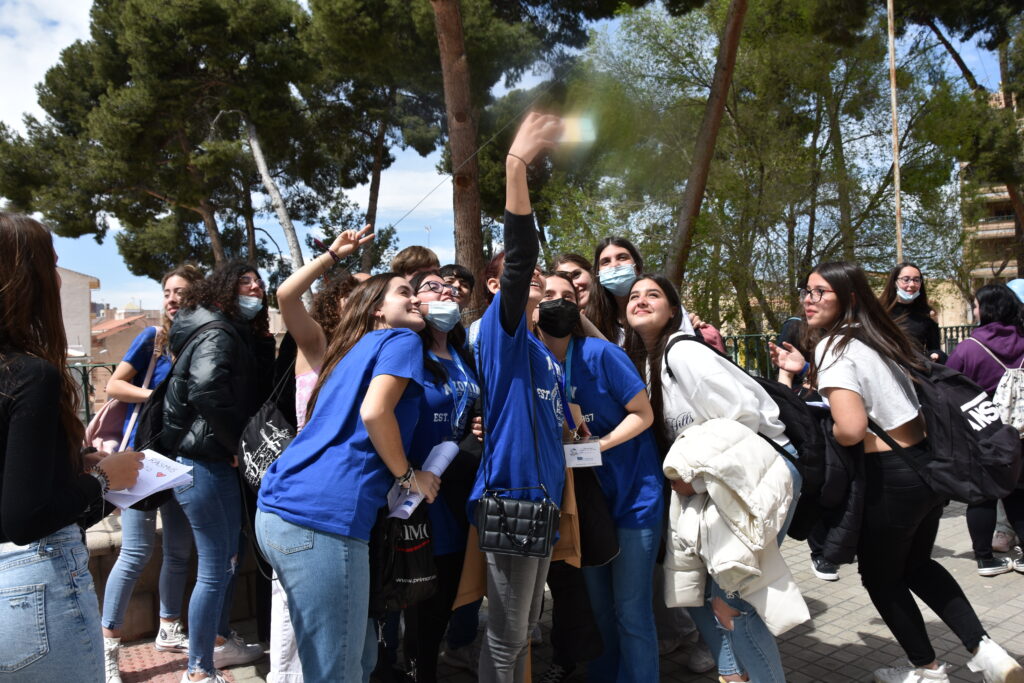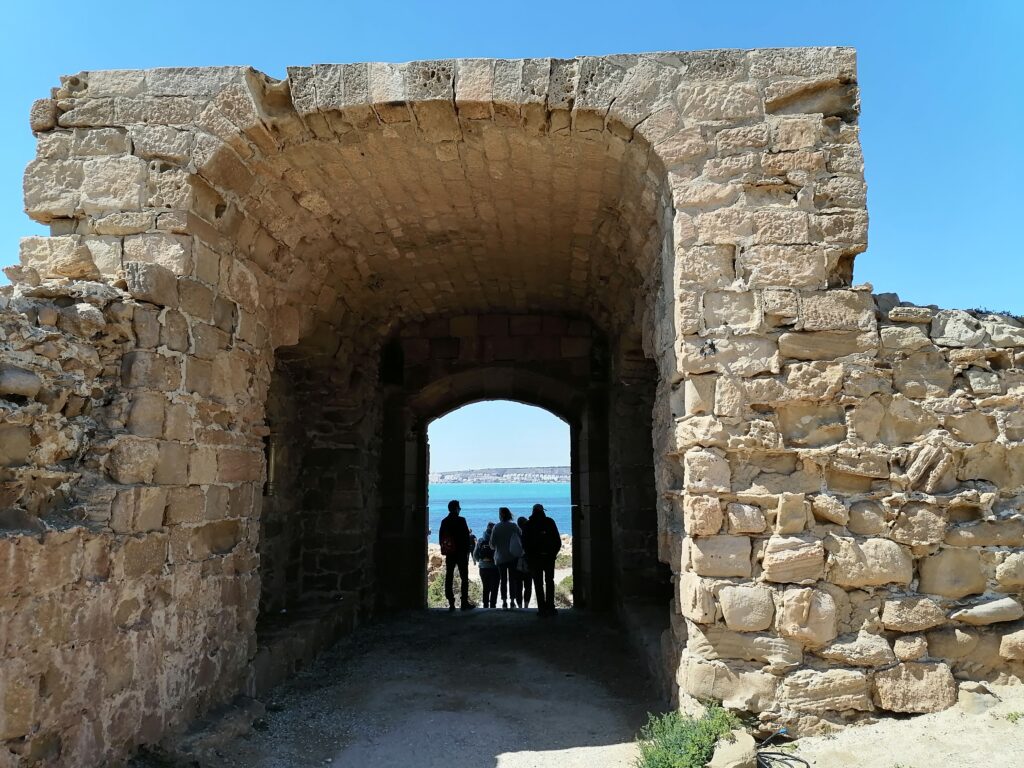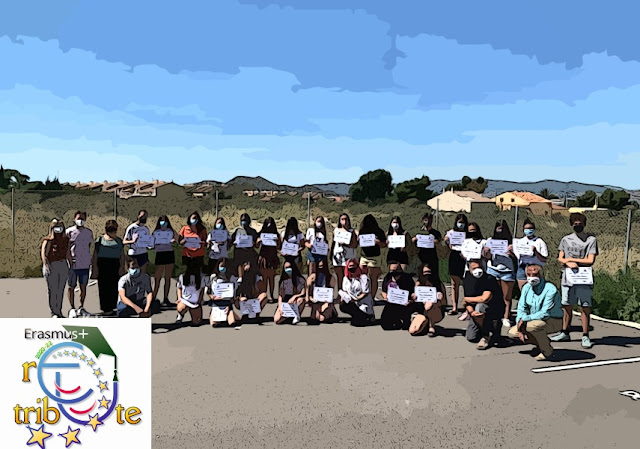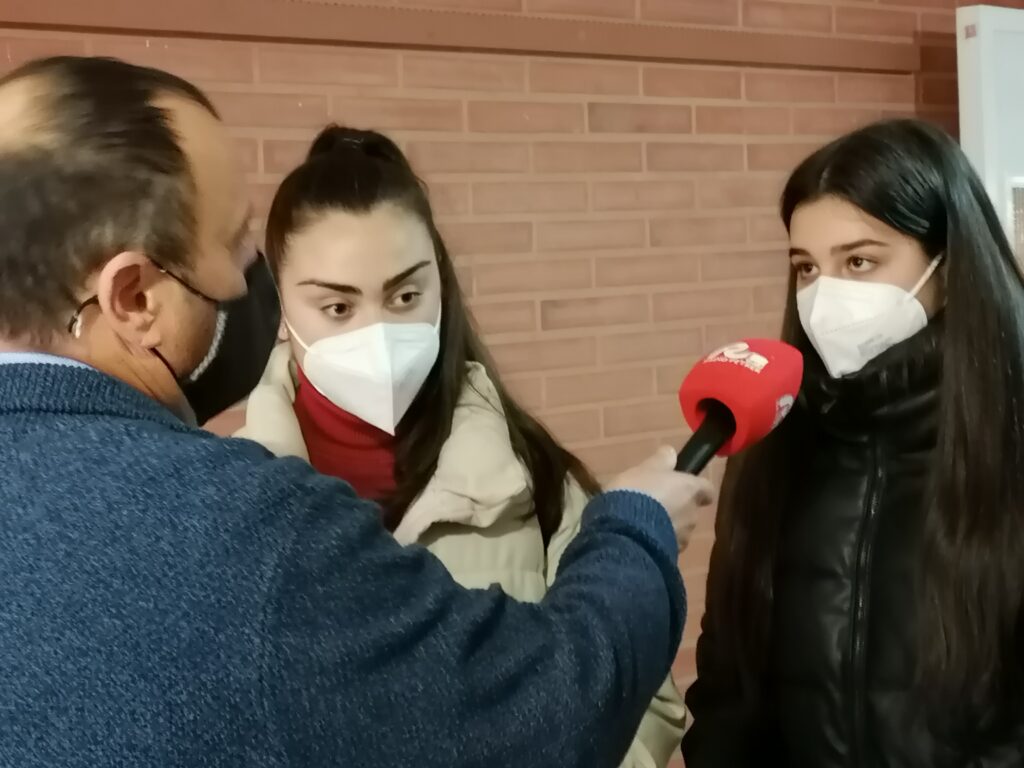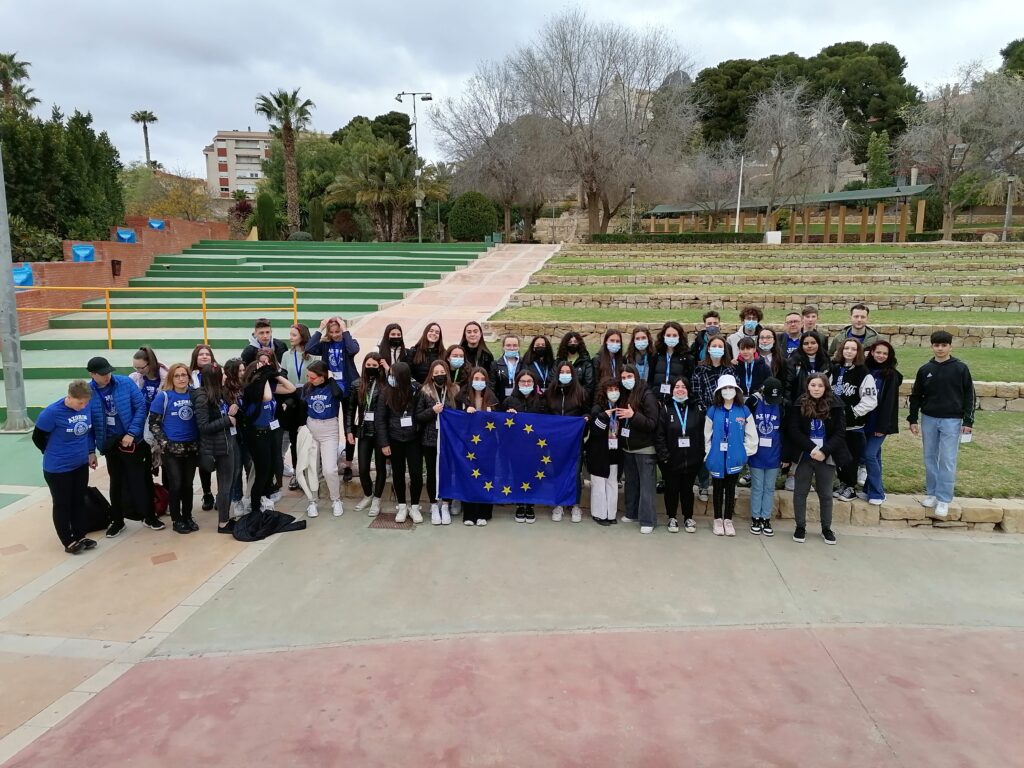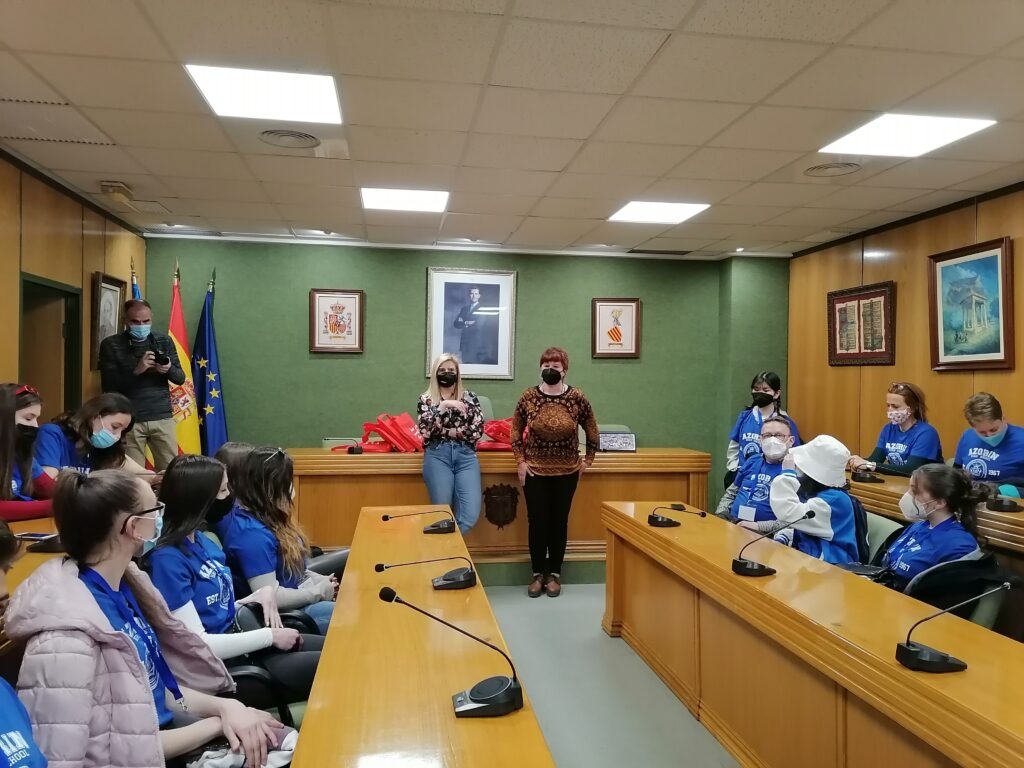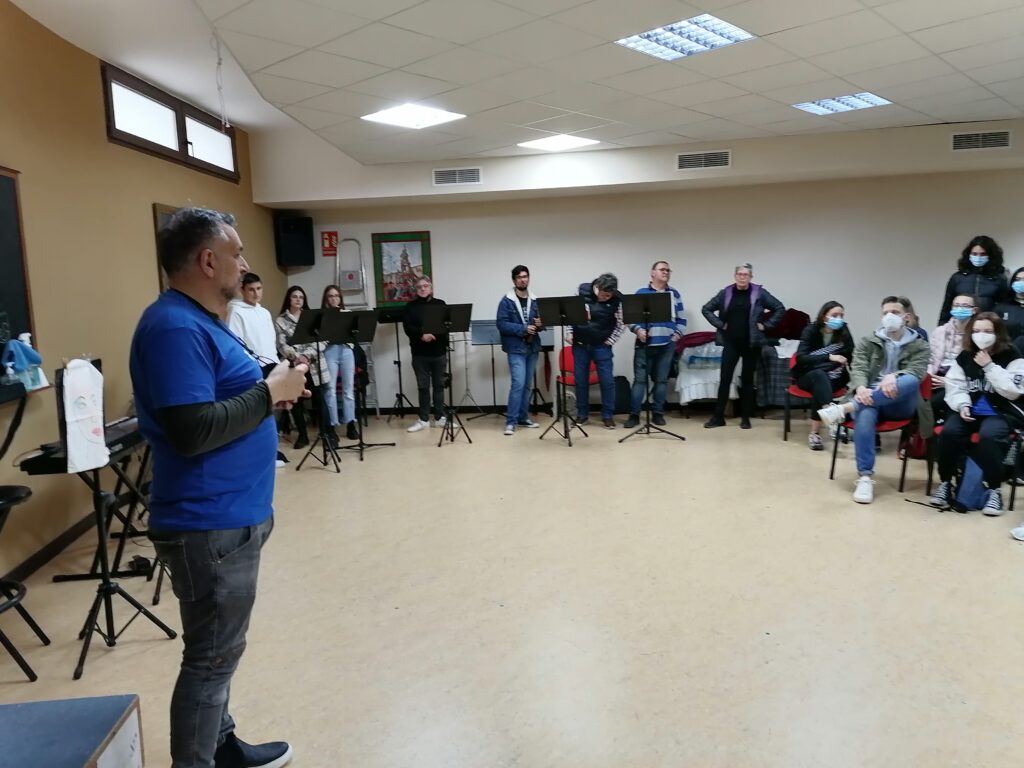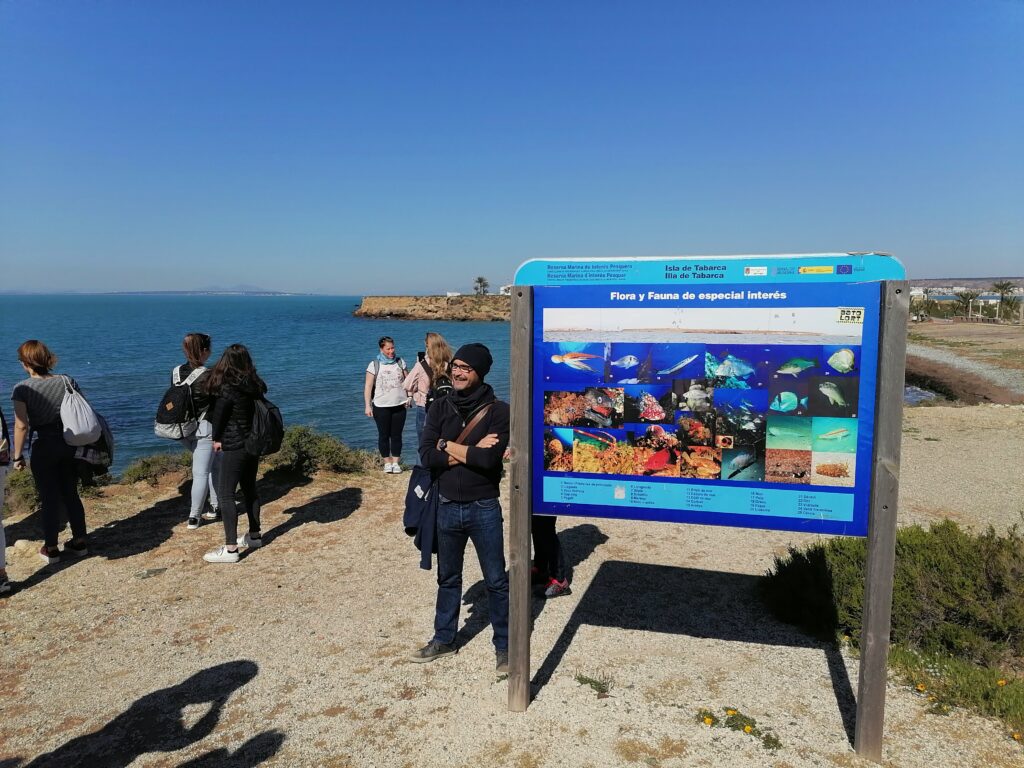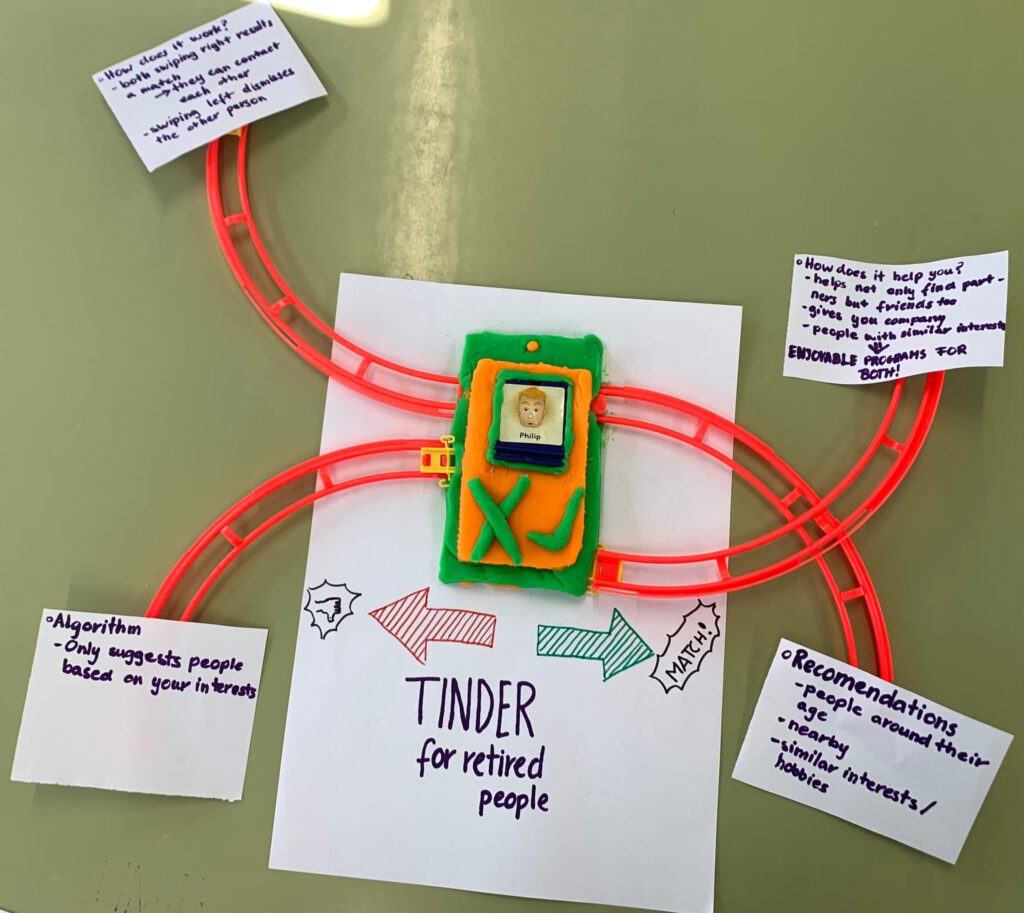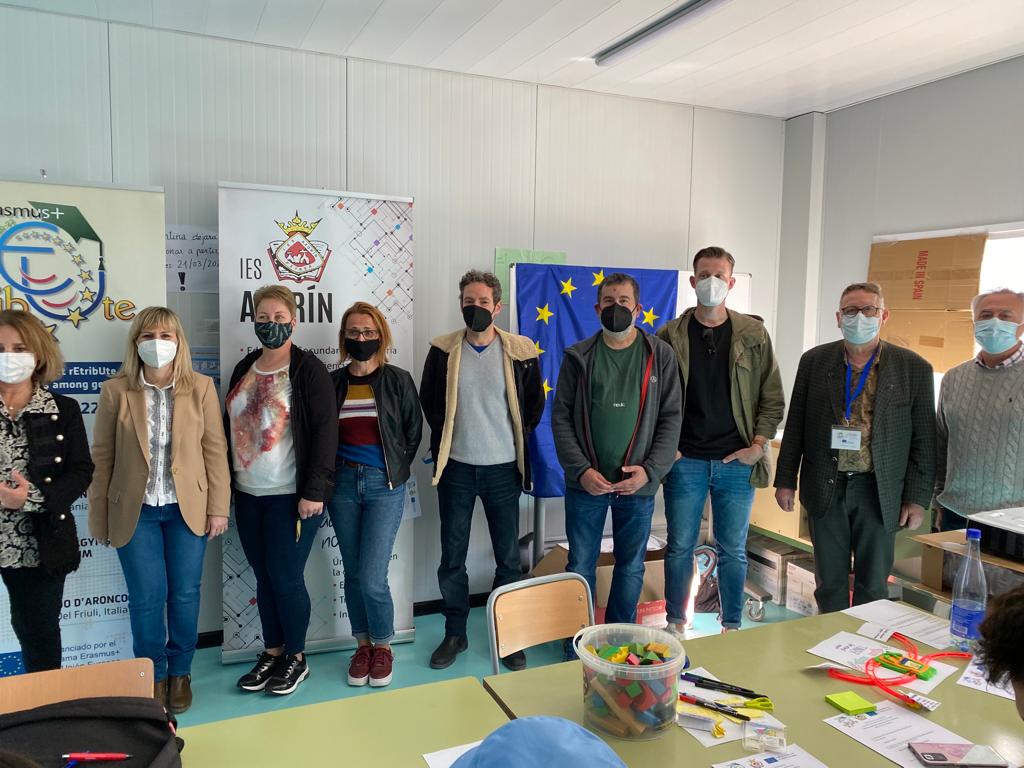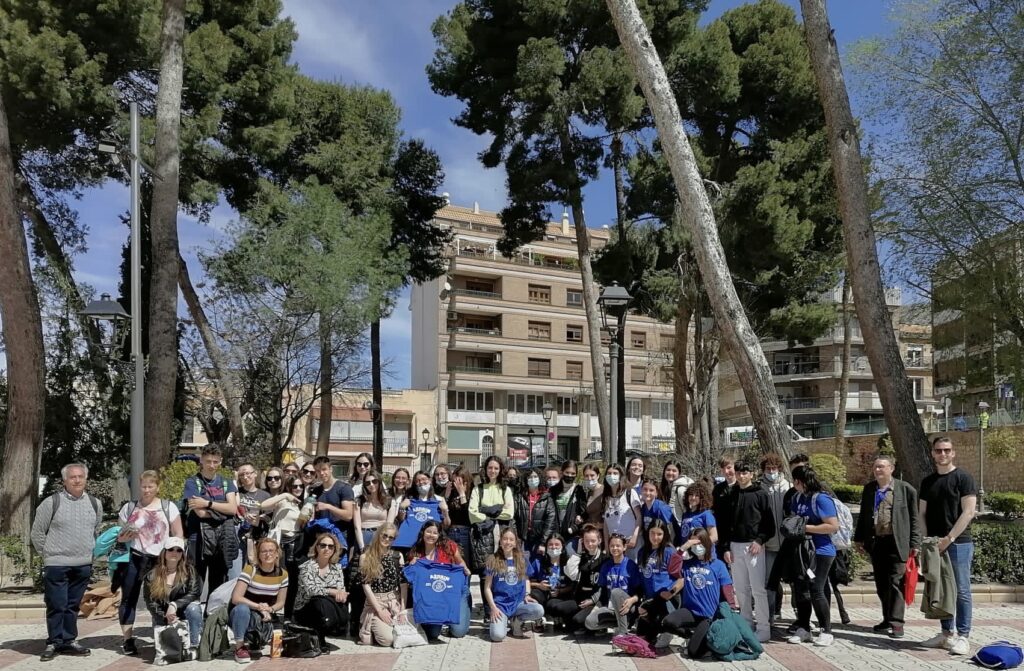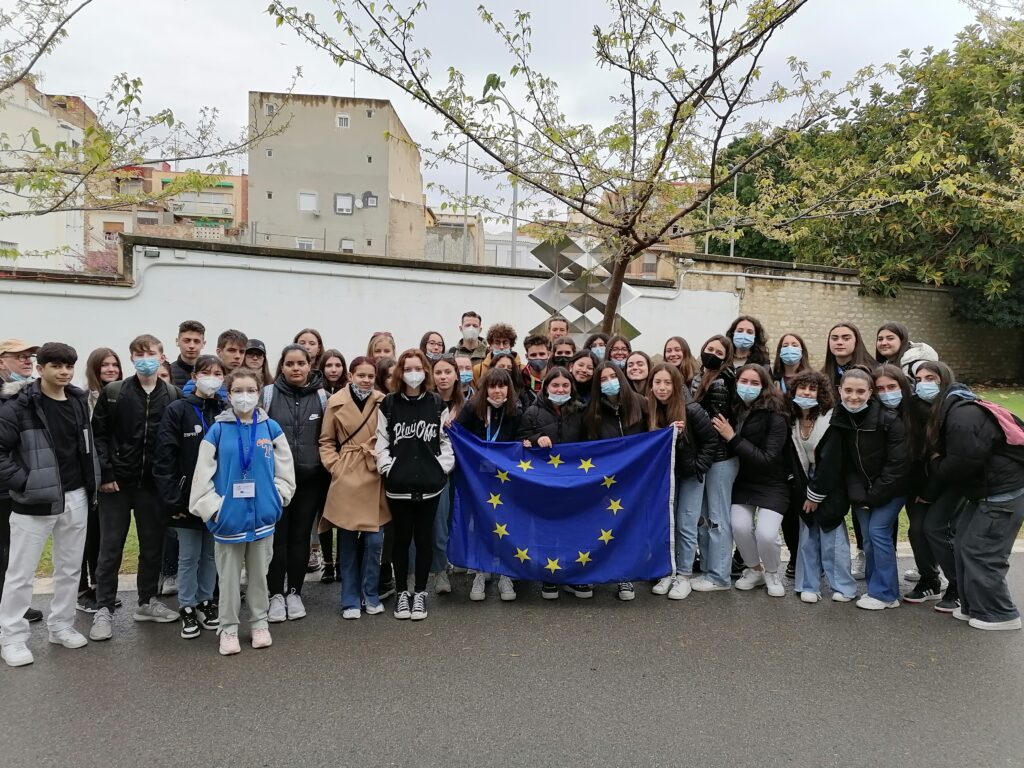
We emerged from the tunnel, having exerted effort without glimpsing a hint of light to fuel our motivation. These have been challenging times for any collaborative task, even more so when distance has come between those of us who were meant to carry it out. With changes forced by circumstances, the withdrawal of a partner, and a continuous process of reinventing ourselves with the means available to us at each moment, we have completed our first mobility within the rEtribUte project. This project unites our school, IES Azorín, with Thomas-Mann Gymnasium in Berlin and Egri Pásztorvölgyi Altalános Iskola és Gimnázium in Eger, Hungary, and focuses on intergenerational dialogue and appreciation for the contributions of our elders. Our aim is to make their efforts in building a better world visible, to express our gratitude for their contributions in times even more challenging than the present.
Our meeting began with introductions. Twenty-six students from Azorín, 8 from the German school, and 11 from the Hungarian school were going to meet in person for the first time, and it was essential to make the most of this opportunity to learn about other realities, identify common traits, and understand different cultures and perspectives on reality.
On the first day, we explored Petrer, its streets, its castle (https://turismopetrer.es/castillo/), the cave houses (https://turismopetrer.es/casas-cueva/), and the archaeological museum Dámaso Navarro (https://turismopetrer.es/turismo-petrer/museo-damaso-navarro/), all of which bear the traces of those who came before us and have shaped a significant part of who we are. The mayor and the councilor for education welcomed us in the town hall’s plenary hall.
In the afternoon, Colla el Terròs offered us a session that combined playfulness with a journey through the musical traditions of our grandparents. Thanks to one of our teachers, Eliseu, and a former classmate, Borja, who are involved with this group, we enjoyed the folklore and traditions of Petrer through music and dance.
The second day was dedicated to group work using the design thinking methodology to address the needs of older adults. We chose the facilities of the Ferrusa area for this purpose. We began with a presentation by Rosana Ferrándiz from Petrer’s social services, who shared her experience in caring for people facing difficulties specifically related to their age. The previous surveys we conducted in the three countries and her intervention allowed each group to create an empathy map (https://designthinking.gal/el-mapa-de-empatia/) and present it.
We then proceeded to identify the most significant obstacles faced by older adults and generate ideas to address them. Through various techniques, the groups generated a large number of ideas for developing an application (divergent thinking), which would later be selected based on their usefulness, originality, and potential for development.
On the third day, we delved into the first two sections of our project: the sounds of our lives and experiences in their context. In the first case, we attended a rehearsal of the municipal symphony band (https://www.alicante.es/es/contenidos/banda
